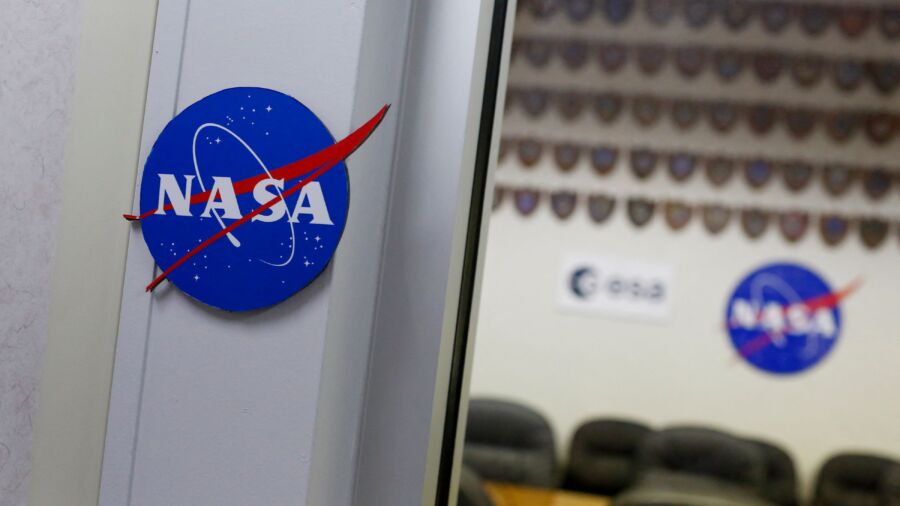NASA has revealed that five “potentially hazardous” asteroids, including three of which measure the size of commercial airplanes, are projected to make a close approach to Earth within days this week.
According to NASA’s Asteroid Watch, a dashboard tracking asteroids and comets that will make “relatively close approaches to Earth,” the largest among the asteroids is 170 feet long and is expected to pass by within 945,000 miles of our planet. The asteroid—dubbed “2023 QE8″—will fly by Earth on Sept. 10.
The five near-Earth objects will provide astronomers with research opportunities and are projected to zoom by our planet between Sept. 6 and Sept. 10.
The first asteroid on the list—dubbed “2021 JA5″—is described by NASA as a house-sized asteroid and is expected to fly within 3.17 million miles from Earth on Sept. 6. The asteroid was first discovered on May 17, 2021, and is approximately 59 feet.
On Sept. 8, two asteroids—dubbed “2023 QC5” and “2020 GE”—will hurl within 2.53 million and 3.56 million miles of our planet, respectively, according to NASA, which noted QC5 is an airplane-sized asteroid of approximately 84 feet, while GE is 26 feet and the size of a bus.
The last opportunity for astronomers to catch a glimpse of two more airplane-sized asteroids will be on Sept. 10, when QE8—the largest asteroid in the list—will also fly by Earth.
The other airplane-sized asteroid—dubbed “2023 QF6″—has been measured about 68 feet in size and is projected to pass the planet within 1.65 million miles.
While the announcement may sound alarming, NASA has assured all five asteroids pose no threat and will safely pass by our planet.
‘Potentially Hazardous’ Asteroids
The five asteroids are being monitored by NASA’s Jet Propulsion Laboratory in Pasadena, California, and although the celestial objects do not pose any imminent danger, the research center termed them potentially hazardous because they will fly by Earth in close enough proximity.
The agency classifies asteroids that approach Earth within 4.6 million miles, or 19.5 times the distance to the moon, as potentially hazardous objects. The classification of potentially hazardous celestial objects is a precautionary measure, and even though asteroids or comets do not pose any threat to the planet, continuous monitoring of potential threats is crucial.
According to NASA, the average distance between Earth and the moon is around 239,000 miles or 385,000 kilometers.
NASA says near-Earth objects are asteroids and comets with orbits that bring them to within 120 million miles of the sun, which means they can circulate through the Earth’s orbital neighborhood. Most such objects range in size from about 10 feet to nearly 25 miles across.
The agency says that it calculates the trajectory of an object by finding the elliptical path through space based on available observations over many years. Experts are then able to fine-tune a more precise path by making more observations, making it possible to predict where an object will be years or even decades into the future, including whether it could come close to Earth.
As of Aug. 31, NASA had discovered 32,412 near-Earth asteroids of all sizes since it began detecting celestial objects, the agency revealed on Sept. 1. More than 850 of those asteroids are larger than 0.62 miles, or 1 kilometer, while 10,541 are larger than 459 feet, or 140 meters.
NASA also revealed that three asteroids have passed closer to the Earth than the moon in the last 30 days, while within the last year, 107 asteroids have passed closer to Earth than the moon, according to the agency.
Epoch Times reporter Caden Pearson contributed to this report.

